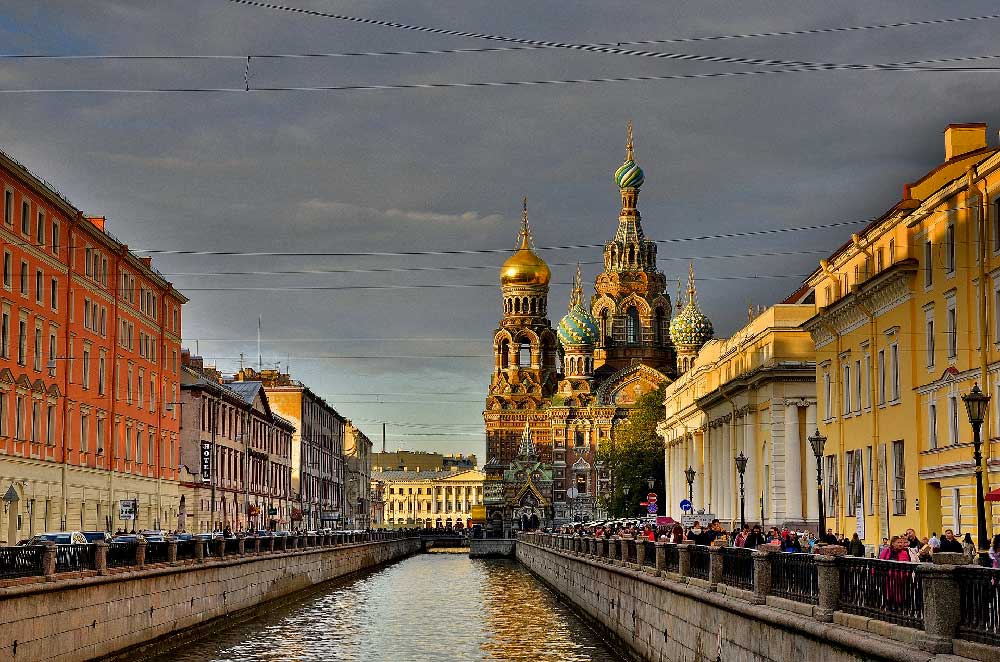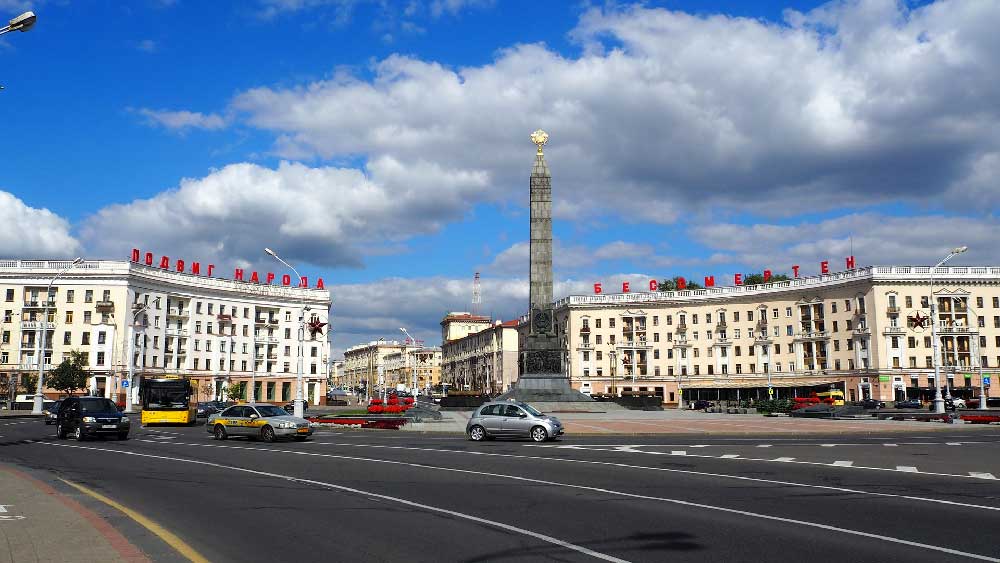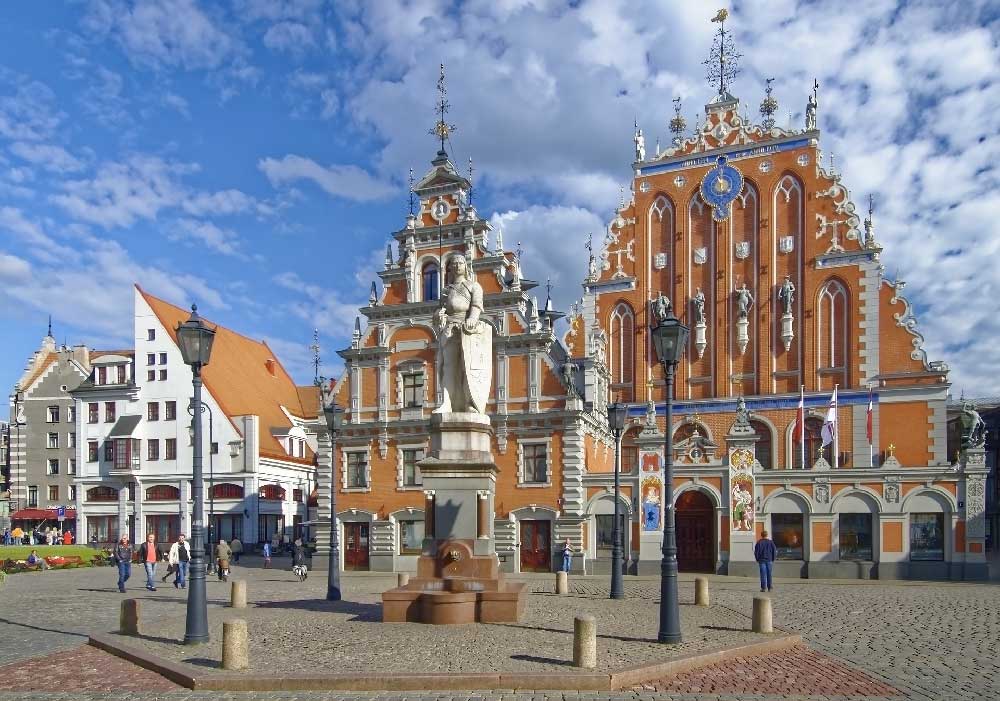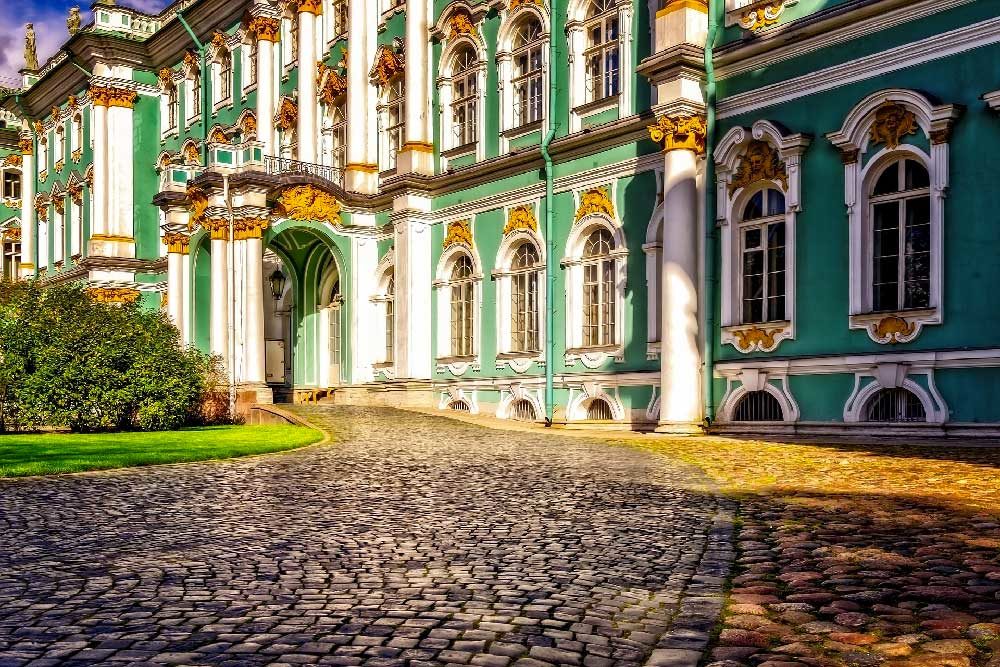As much as I hate the term “off-the-beaten-path,” in Europe there’s, without a doubt, a dividing line between the usual destinations and the unusual. Every year, that line seems to move further east.
Starting with the stunning success of Prague and Krakow following the collapse of communism in Eastern Europe (I still can’t believe that it’s already been 30 years—I’m getting old), more and more travellers are venturing into the continent’s fringes for a taste out of the ordinary.
And if you’re considering it, my only advice is: Go for it.
Eastern Europe has long been my own personal favorite region in Europe. No matter how many times I visit, it never ceases to amaze me. (And I swear it has nothing to do with my latent Ukrainian/Polish heritage.)
Here are a few cities that’ll make you move your next European itinerary just a tad further east…
St Petersburg, Russia
I’m pretty sure that this gem of an Eastern Europe city has one of those clichéd nicknames based on some popular travel destination from antiquity. (Oh, there it is: Venice of the North.)
Well, maybe it’s not so far off.
St. Petersburg is a surprisingly awesome city, considering how few travellers seem to venture here. Even without my fascination for Russia, it would clock in among my favorites in Europe.
Everything I encountered here—from the architecture to the museums to the food—was absolutely top-notch, and among my most memorable moments in any European city. East or west.
And did I mention that St. Petersburg is extraordinarily beautiful? Just look…

For fans of literary history, few cities in Europe are more important than St. Petersburg. Many of the giants of Russian literature once called St. Petersburg home, and the memories of their work & their lives is still deeply ingrained throughout the streets.
Likewise, St. Petersburg is an underestimated city for foodies. And, for me, it’s not really the local foods that tip the scales in that direction.
How soon we forget that the monolith that was once the Soviet Union covered some serious ground. (Kinda seemed like half the world at the time, didn’t it?)
And for those Soviet Republics came a barrage of culinary traditions seemed to have made their way to the streets of St. Petersburg.
As much as I love the heartiness of native Eastern European cooking (ummm, perogies and pelmeni, anyone?), I found myself drawn to St. Petersburg’s vast selection of Caucasian and Central Asian cuisines like Georgian, Armenia, Azeri, Uzbek, and Kazakh. Khatchapuri (Georgian cheese pie) equals mind officially blown.
Minsk, Belarus
Now, if we’re talking offbeat cities in Europe, there’s not many that could hold a candle with the reclusive capital of Belarus, Minsk. I’m not sure what I was expecting when I tossed Minsk into my travel plans. It just seemed like a good fit for any Eastern European itinerary worth its salt.
And I’m glad to say that Minsk didn’t disappoint.
Unlike your typical European travel destination, you’re not going to find a plate full of must-sees in Minsk. There’s the odd museum here and there. But for a dude who could care less to waste time in a stale air-conditioned building, that wasn’t really the tipping point for me.

Hear most travelers describe Minsk and you’ll spot phrases like “Soviet time capsule” ad nauseum. Not that it’s completely off, but Minsk seems much more than that.
The timeless Stalinist architecture in parts of Minsk is, however, truly beguiling. At least for a Cold War nut like me. Walking through parts of the Belarusian capital felt like I’d stepped back into that era. For real. Not just entering a Disneyesque performance put on for my amusement.
But what was ultimately most shocking was how pleasant of a city Minsk is. It’s green and clean, both features not normally mentioned alongside cheap clichés like “Soviet time capsule.”
In traveling to Minsk, expected to meet a city that felt tense, grey, and stiff. Instead a met a capital that was (at least seemingly) joyous where locals were all-too happy to lend a hand and get to know you without pretense.
Riga, Latvia
Okay, so maybe Riga’s no longer has that edge-of-Europe feeling. The Latvian capital seems primed to becoming one of those next big destinations in the region (there’s ALWAYS one of those, isn’t there?). Every year it’s get busier and more crowded. Either way, Riga is not a city you should dismiss, and one that’s well worth pushing your itinerary further east to add in.

Now, Europe’s hardly short on lovely old towns. But Riga’s has got more than a little moxy to fight for your attention with the Central European big boys like Prague or Krakow. Some might even find Riga’s Old Town even more appealing with the thinner crowds and, overall, more colorful atmosphere.
What makes Riga (and the other Baltic capitals) so different than their counterparts to the west is the architecture. Outside of the tourism bubble of Old Town, it’s not hard to find old decaying wooden houses that give us an idea of the Riga that’s slowly disappearing under modernization.
Combine that with one of Eastern Europe’s quirkiest collections of street art, one of Europe’s best ensemble of Art Nouveau architecture, and you’ll see why Riga belongs on your next foray on the continent.
